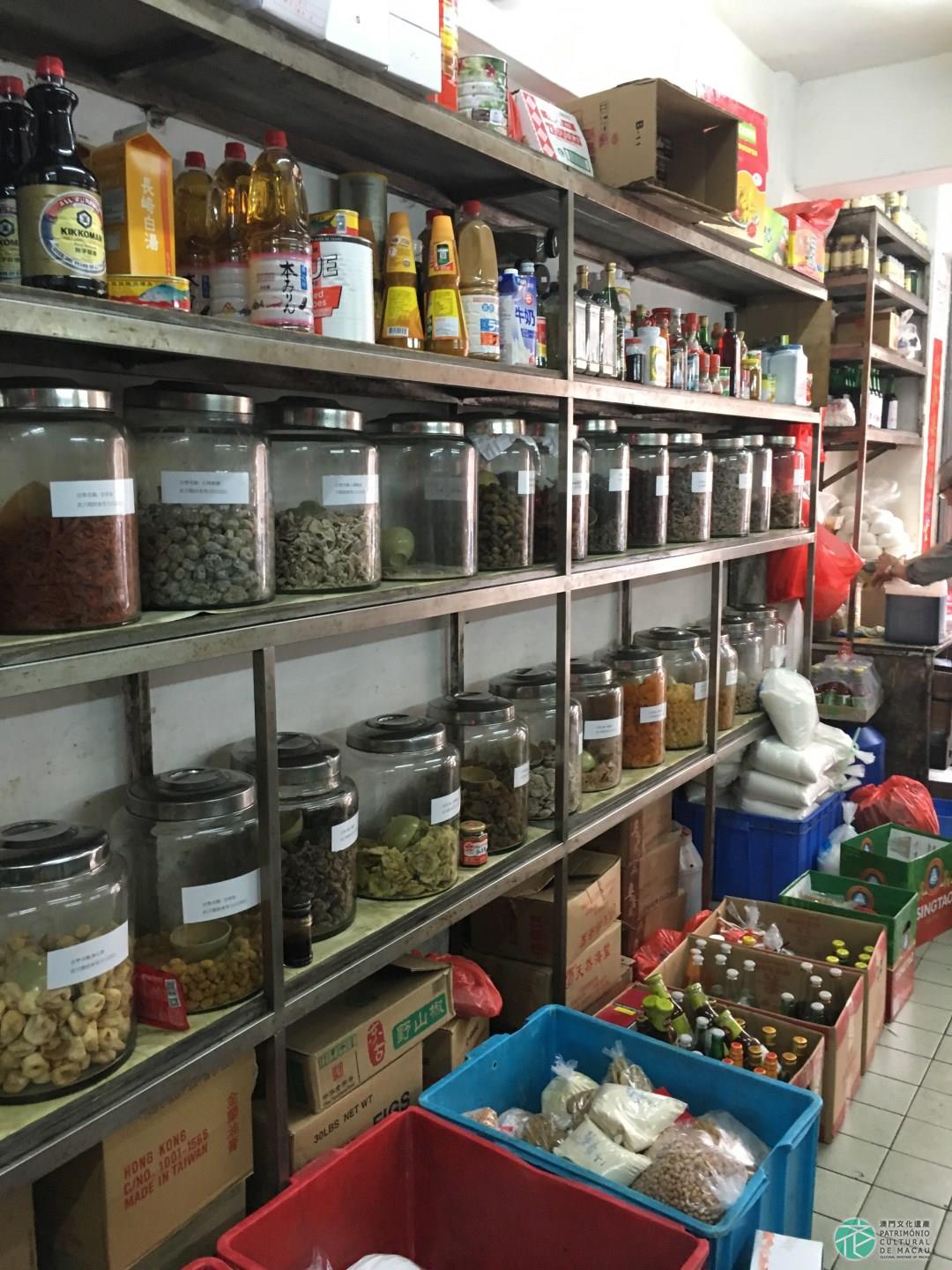Introduction:
Macao has a long history of making preserved fruits and this traditional industry is therefore very old in Macao. Fruit preparation originated from local farmers who used traditional formulas to prepare and store food products, including fruits. Preserved fruits are one of the typical traditional delicacies of Macao, usually being prepared with the use of sugar or salt, in order to acquire a taste and condition that local residents describe as “salty, sour, and wet”. Different styles of preserved fruits depend on the type of fruit being prepared, some of which are dry-processed, while others are wet-processed. In the dry-processing method, fruits are first washed, pressed, dehydrated with salt and sun-dried, and then washed, immersed in sugar, and again sun-dried. In the wet-processing method, fruits are washed and peeled, and they are covered with salt and then with sugar, without sun-drying. Homemade-style preserved fruits are a seasonal product, and the most common types include plums, garcinia xanthochymus, apricots, prunes, citrus, ginger and olives. Due to their similar ingredients and production techniques, traditional homemade-style preserved fruits in Macao are usually sold next to products like traditional sauces.
Conservation Status:
In the old days, Macao still had available land plots for sun-drying fruits and enough space for the fruit preparation industry. In the 1930s and 1940s, there were more than 20 shops in Macao selling preserved fruits. However, with development, land resources became more scarce and there was a decline in the traditional industry of fruit preparation. Despite the popularity of preserved fruits among local residents, nowadays there are only a few shops in Macao that are still producing preserved fruits.
Heritage Value:
Preserved fruits are a characteristic food item that has regional and seasonal qualities. The confection of preserved fruits requires a series of techniques that is also representative of the resilience and transmission of Chinese food culture in Macao. The processes used in this production, the variety of different types of preserved fruits produced, and the development of this traditional industry are also of significant value for the study of local folk food culture.
